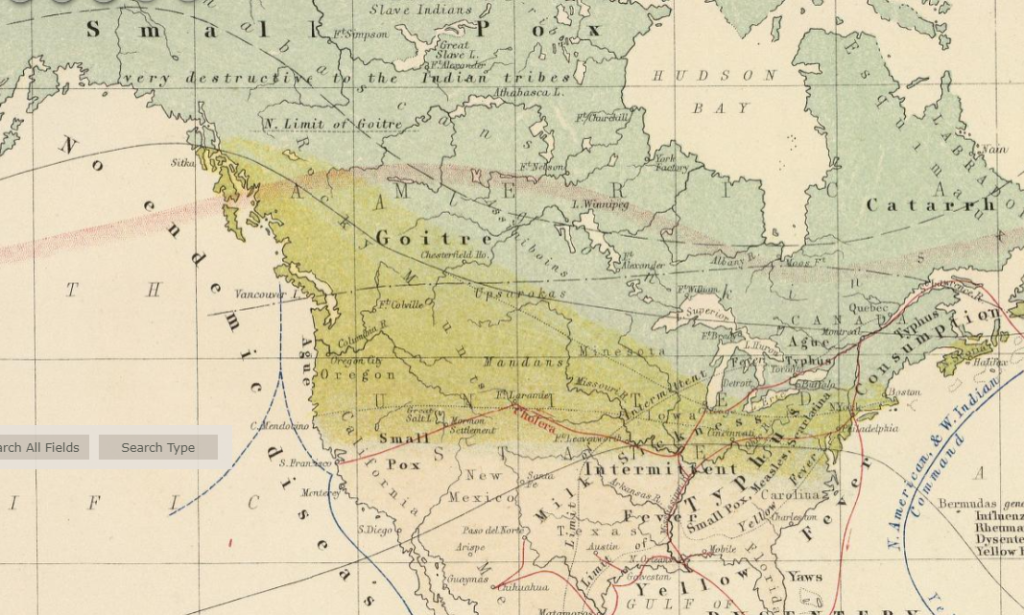The first chapter of The Ghost Map discusses the presence of recycling within cultures throughout the history of the world and focuses on the urban environment. Bone-pickers foraged through human waste looking for anything that could make them a buck. The quote below claims that the homeless haunt postindustrial cities which I feel denies the issues that leave many homeless especially in the US, but also sites a change in the resourcefulness of the homeless. I think that this is poorly informed. For a few years I had a great interest in abandoned buildings and would spend more time than was good for me in them. Many of these buildings were too large to be demolish able easily or too problematic to be worth it to fix. However, many of them were full of scrap metal, in the Midwest I saw people consistently not salvaging this metal, probably due to the fact that it is unsustainable year round in the Midwest due to harsh winters and the homeless are not interested in a one time payday for the work that scrapping metal is. However, in the South, specifically New Orleans I saw people consistently going through abandoned buildings scrapping metal as it was possible for them to do it year round. This also may have something to do with the large quantity of abandoned buildings in New Orleans due to the migration out of the city after Hurricane Katrina. I do not think that wages being depressed is the only reason that scavenging remains.

I am unable to access the document On the Mode and Communication of Cholera, 1855 by John Snow for some reason so I will not be writting on it.
The map by Alexander Johnston is incredibly difficult for me to read. I am also having a difficult time understanding it’s practical application. The bottom of the map says that it is tracking disease by natural phenomenon. A map is obviously an inefficient way to capture this information. It seems to me that there was a belief at least for some time that many diseases were linked to a specific natural phenomenon that were not such as Small Pox. Although some diseases (such as cholera) could be tied to a specific site of contamination, most diseases cannot and the screenshot below displays how complicated of an argument Johnston is attempting to make. For me this map completely misses it’s mark and fails to communicate any valuable information.

The screenshot of John Snow’s Cholera map is interesting to me specifically due to the proximity of a brewery to this pump. I am curious whether or not the brewery may have used contaminated water to create whatever alcohol they were making (presumably cider), and if this had any negative impacts on the community past the point of the pumps as the sickness was harder to track.



Categorize.
You didn’t need to read the Snow snippet. I removed it. VERY thing description of Snow. If Johnston was too complex, was Snow too simple? What does Snow have to do with recycling?